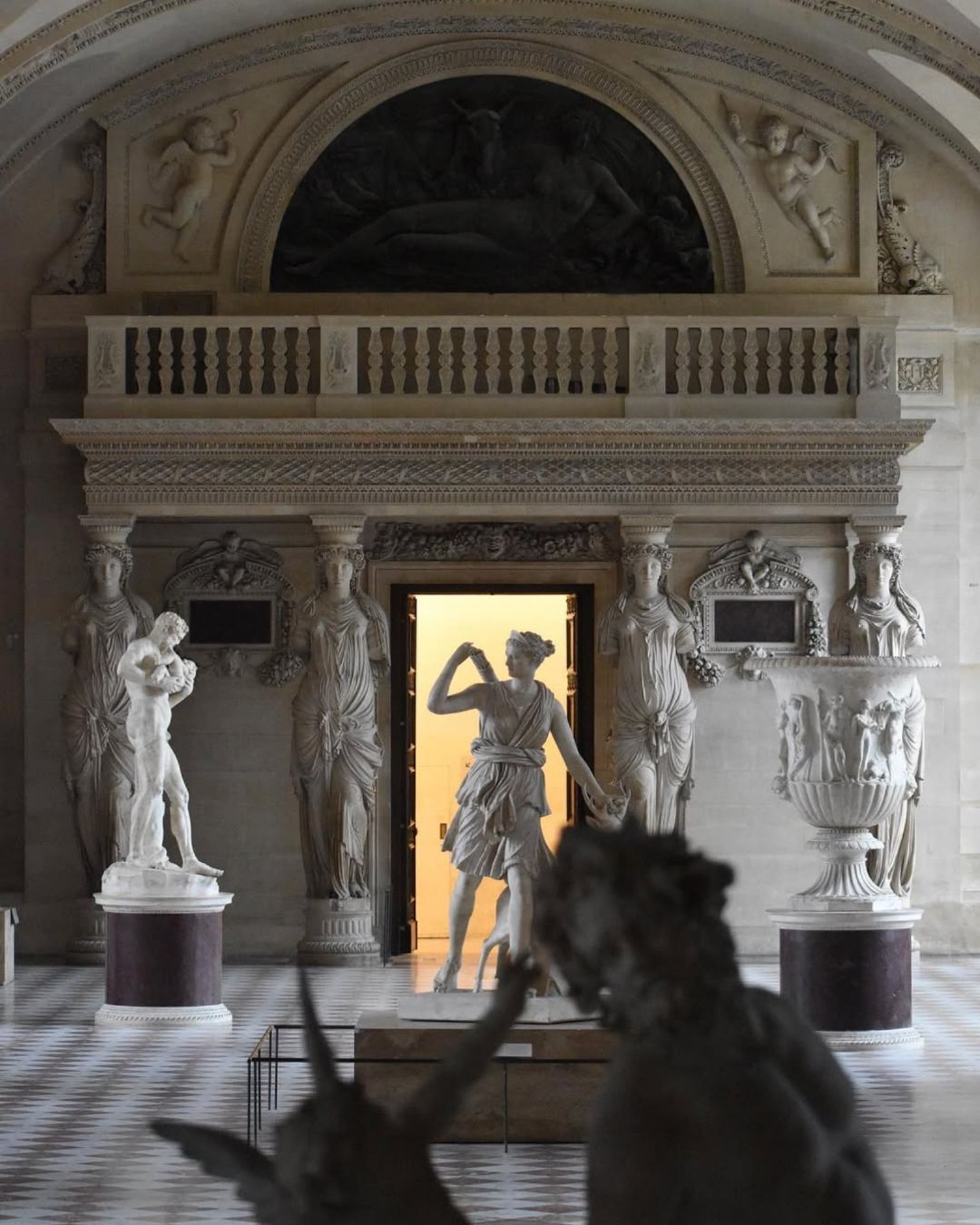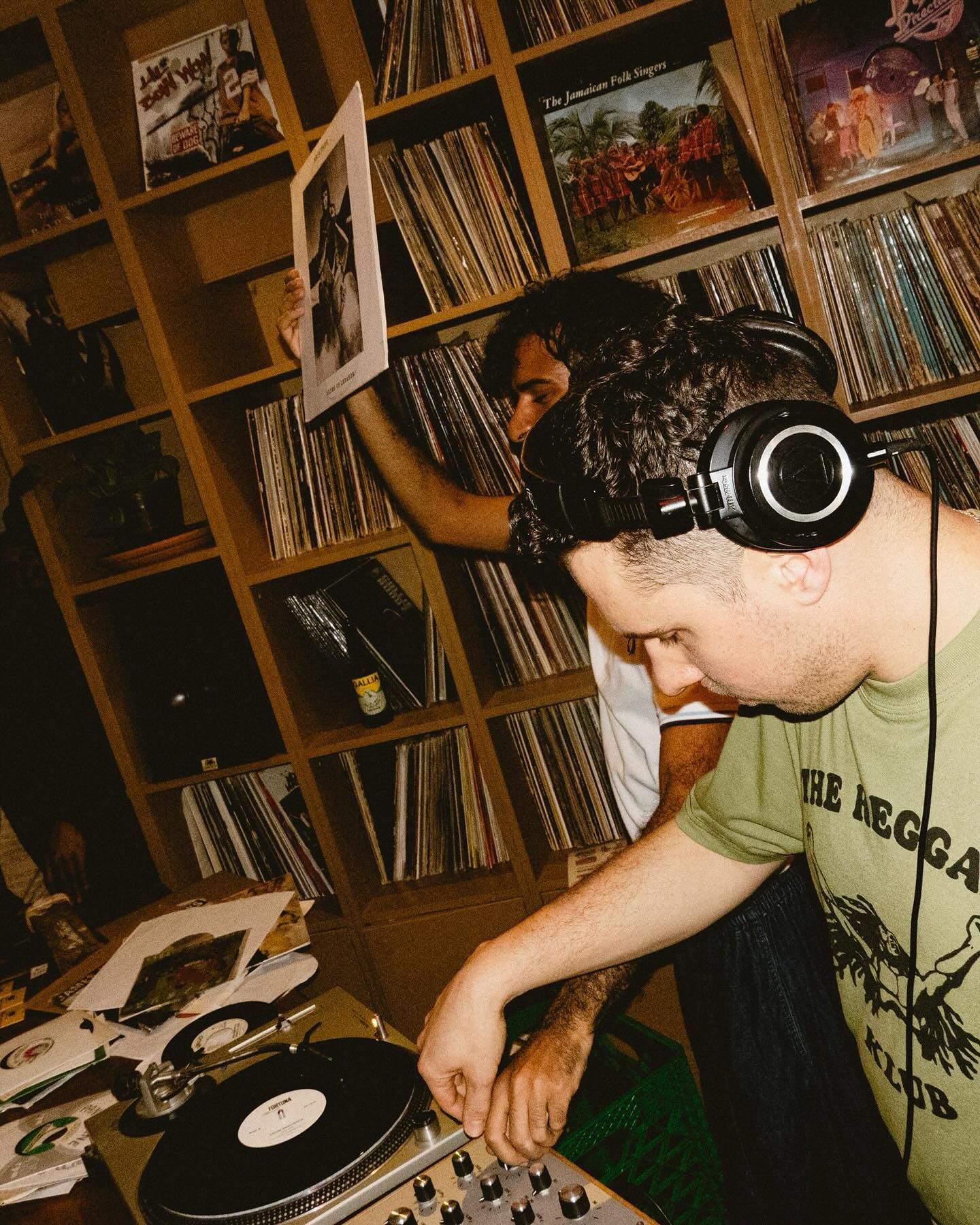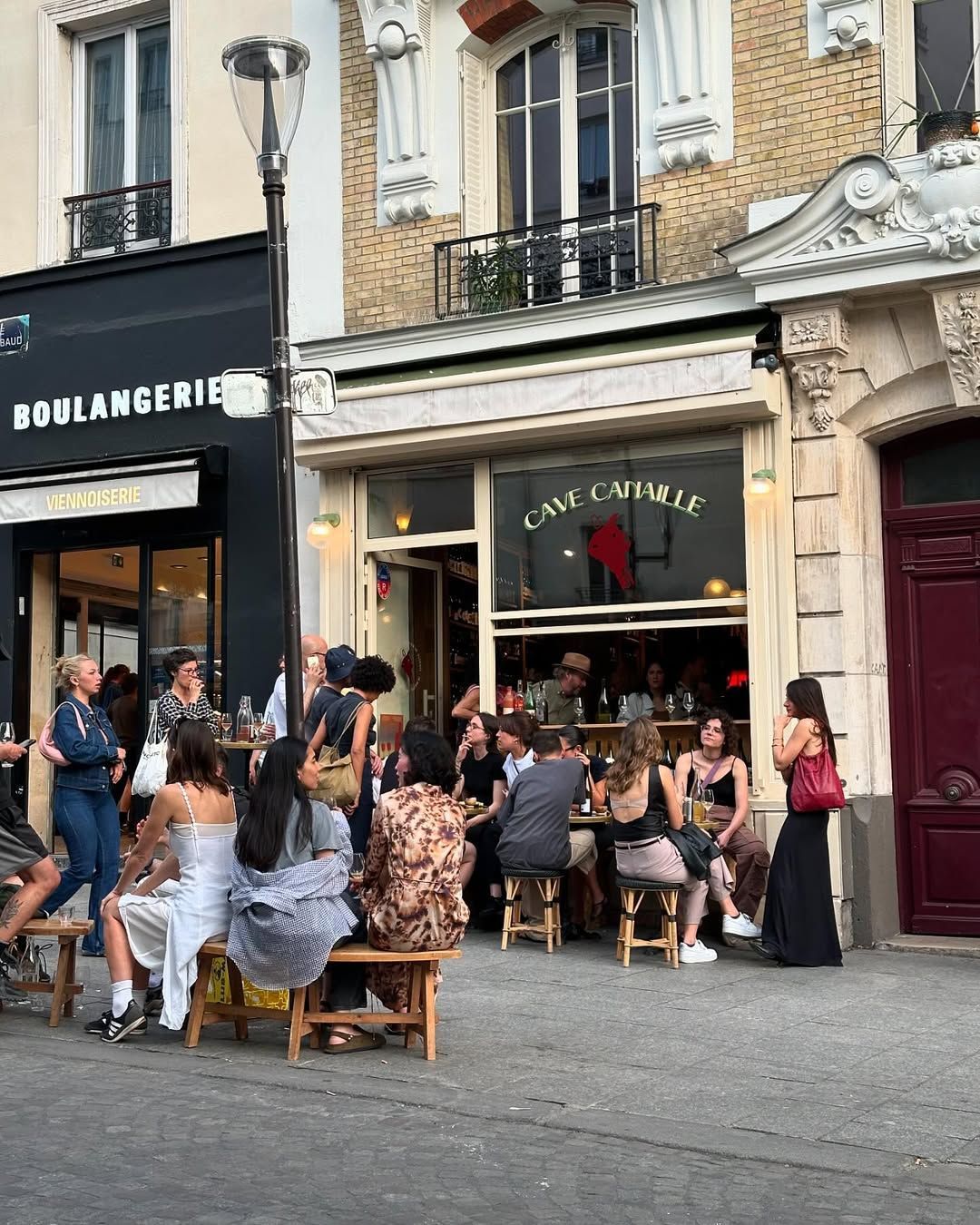
No need to travel to Paris to see the works at the Louvre We can't promise that you'll find the Mona Lisa just outside your door, but it's a good start
You might not know it, but it is no longer necessary to travel to Paris to see works typically hidden in the underground vaults of the Louvre. In fact, some of these masterpieces may even be closer to you than you think. Although this information is not widely known, since its founding in 1793, the museum has followed a policy of loaning artworks, allowing thousands of pieces to travel across France. This practice, of course, follows certain conditions: the museum loans its works for varying durations to institutions such as museums, universities, religious buildings, city halls, ministries, prefectures, and embassies, making its collections more widely accessible and spreading its national treasures throughout the country.
C’est accroché près de chez vous !
— Musée du Louvre (@MuseeLouvre) November 6, 2024
Le Louvre vient de développer une carte interactive de ses œuvres en dépôt dans toute la France.
L’occasion de voir que des milliers d’œuvres du Louvre voyagent partout dans nos régions françaises grâce à la politique de dépôt active que le… pic.twitter.com/a18nO4IXbZ
Although this practice has only recently gained more public attention thanks to the new interactive map that allows users to locate these works wherever they are, the concept of lending artworks dates back to the early days of the museum. It was formalized by the September 1, 1801 decree issued by Napoleon Bonaparte’s Minister of the Interior. "Paris must hold in its collection the works that are most essential to the history of art, but the residents of the provinces also have a sacred right to share in the fruits of our conquests and the legacy of French artists," explained the decree. Following this decision, 15 cities (Bordeaux, Brussels, Caen, Dijon, Geneva, Lille, Lyon, Marseille, Mainz, Nancy, Nantes, Rennes, Rouen, Strasbourg, and Toulouse) were selected to receive paintings to enrich their collections. This initiative expanded throughout the 19th century to enhance existing museums and encourage the creation of new ones in various communities.
Today, the Louvre continues to loan artworks to institutions that meet legal requirements, aligning with the scientific and cultural projects of French museums. These loans are granted for renewable five-year terms. The presence and condition of the works at their host institutions are monitored by the Louvre’s scientific teams during the ten-year inventory process, during which the artworks are photographed, measured, and documented. Over 27,000 works undergo this inspection every decade across more than 600 sites in France and abroad. To further improve accessibility to its traveling collection, the Louvre now offers an interactive map that allows users to locate displayed works near them. Among these, you can find 27 pieces at the Musée des Beaux-Arts et de la Dentelle in Alençon, one at the town hall of Colombes, 230 at the Musée d’Archéologie Méditerranéenne in Marseille, 66 at the Musée Labenche in Brive-la-Gaillarde, and one at the Musée Schœlcher in Pointe-à-Pitre. So, no more excuses—turn off the device on which you are reading this article, check the map, and go see these French heritage treasures in person!













































